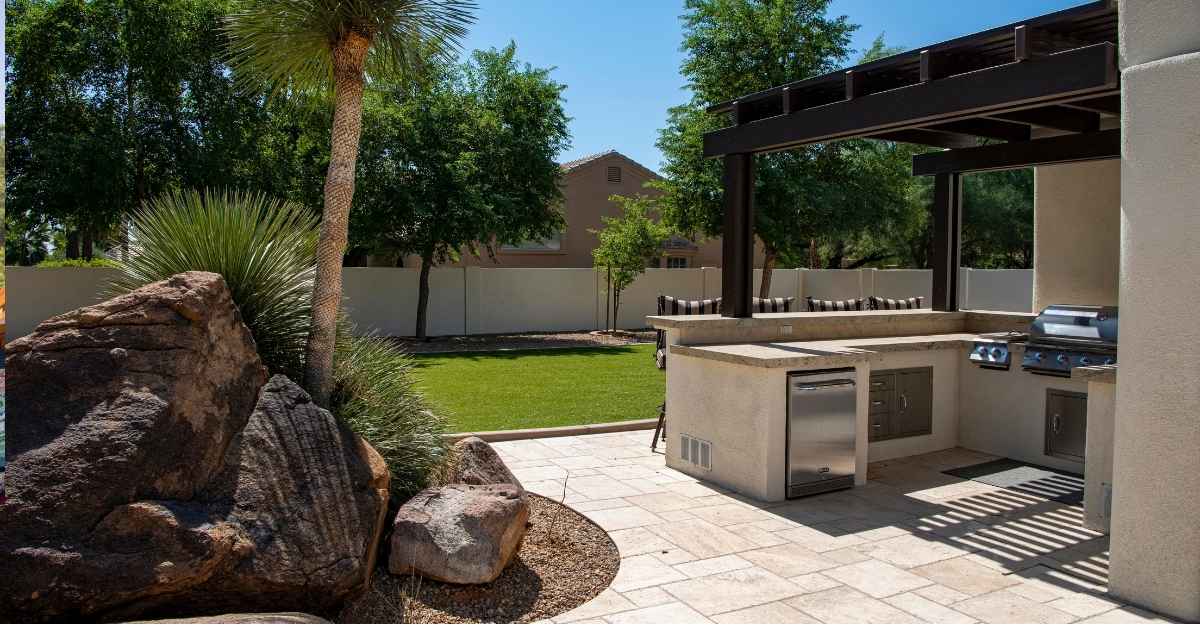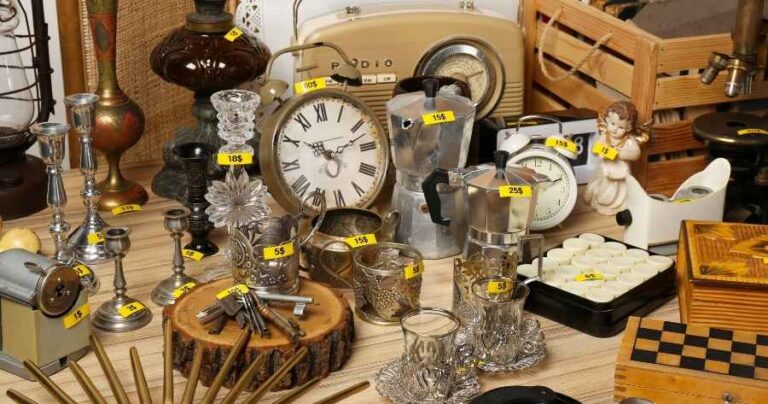
Not everyone is blessed with a sprawling backyard but that doesn’t mean you can’t create a stunning garden sanctuary. In fact, smaller spaces often lead to more intentional, beautiful, and manageable gardens. Whether you live in a city townhouse or have a tiny patch of green behind your apartment, the right layout can transform it into your personal oasis.
In this guide, we’ll explore practical, aesthetic, and space-maximizing ideas to help you design a garden layout that works, no matter the size of your yard.

Start with a Scaled Plan
Before planting a single flower, begin with a simple sketch of your space. A good layout starts with understanding your yard:
- Measure the dimensions accurately
- Mark where sunlight hits morning and evening
- Identify existing elements like trees, walls, sheds
- Observe where water pools after rain
This blueprint gives you clarity on how best to place your garden beds, walkways, and furniture. Digital tools like SmartDraw or even Canva can help if you prefer visual planning.
Maximize Vertical Space
Think of your garden as a 3D canvas. Vertical gardening lets you grow more without sacrificing floor space.
Try these ideas:
- Trellises for beans, tomatoes, or flowering vines
- Wall-mounted planters made from recycled wood
- Hanging baskets for trailing flowers or herbs
- Living green walls with modular planters
Bonus: Vertical gardens also act as natural privacy screens—ideal for tight, urban yards.
Divide and Conquer with Zones
Just like your home has rooms, your garden can too.
Examples of garden zones:
- Relaxation zone: With a bench, hammock, or a bistro set
- Kitchen garden: For herbs, veggies, and small fruits
- Wildlife zone: With bee-friendly flowers, a birdbath, or feeders
- Play zone: A corner for kids or pets to enjoy
Use pavers, steppingstones, or low hedges to mark zones. This not only organizes space but makes your garden feel larger and more functional.
Raised Beds & Container Gardening
In small yards, containers and raised beds are lifesavers. They define growing areas while offering flexibility.
Benefits:
- Better soil control and drainage
- Easier to weed and water
- Stylish and neat appearance
- Perfect for renters (portable!)
Tiered planters are especially useful, stacking multiple levels of plants. Use wheeled containers to shift plants with seasonal sun patterns.
Incorporate Multi-Functional Furniture
Space-saving furniture is a must. Every piece should do more than one job.
Examples:
- Benches with storage underneath for tools
- Foldable tables that can be tucked away
- Outdoor ottomans that serve as seats and pots
- Built-in planter seating around a raised bed
Choose weather-resistant materials like treated wood, powder-coated metal, or recycled plastics to extend durability.
Create Defined Pathways
Even in a small garden, defined paths create structure, guide foot traffic, and make your space feel like a curated experience.
Path ideas:
- Steppingstones across grass
- Crushed gravel with metal edging
- Wood slices for a rustic feel
- Brick or mosaic tiles for a formal touch
Curved paths also create an illusion of space, making small areas feel larger and more organic.
Play With Optical Illusions
Design principles can help visually stretch your garden.
Space-enhancing tricks:
- Use mirrors on fences to reflect greenery
- Stick to a monochrome or limited color palette
- Choose smaller scale furniture
- Use diagonal lines in paths to elongate the view
- Place taller plants at the back to frame the space
Cohesive, strategic design choices make your garden feel curated rather than cramped.
Add a Focal Point
Even in a pocket-sized yard, a focal point adds wow-factor and draws the eye.
Great small-space focal points:
- A compact water feature
- A garden sculpture or unique plant
- A fire bowl or chiminea
- A vertical succulent wall
- A painted mural on the fence
Place focal points slightly off-center for a more natural, organic layout.
Choose Plants Wisely
Not all plants are space friendly. Select varieties that don’t sprawl, overwhelm, or require constant pruning.
Best plants for small yards:
- Dwarf fruit trees (in pots or espaliered against walls)
- Compact shrubs like boxwood, lavender, or azaleas
- Vertical growers like cucumbers or pole beans
- Herbs (basil, thyme, mint, rosemary)
- Low-maintenance succulents
- Ornamental grasses for texture and movement
Aim for a mix of evergreens (structure) and flowering perennials (color) for year-round interest.
Use Edges and Corners
Corners and edges often go unused, yet they’re prime gardening real estate.
Ideas:
- Build corner seating with planters
- Plant border flowers along fences or walls
- Add narrow raised beds behind furniture
- Install solar lights or lanterns along the edges
Maximizing edges also creates symmetry and a sense of flow.
Add Lighting to Extend Use
You want to enjoy your garden after dark too. Lighting enhances ambience, safety, and aesthetics.
Outdoor lighting options:
- String lights across pergolas or trees
- Solar path lights along walkways
- Lanterns on tables or corners
- Spotlights for plants or artwork
- Motion sensor lights for security
A well-lit garden invites evening relaxation, dinner parties, and cozy vibes.
Theme Your Garden
A small yard with a theme feels intentional. Choose one and design your layout around it.
Fun themes to explore:
- Zen Garden: Bamboo, gravel, bonsai, a water bowl
- Urban Farm: Raised veggie beds, compost bin, greenhouse shelves
- Pollinator Paradise: Wildflowers, bee hotels, bird baths
- Wine & Dine Courtyard: Bistro table, grapevines, string lights
- Color-Coded Garden: One color family (like white + purple blooms)
This gives you direction, reduces clutter, and creates visual harmony.
Conclusion
A small yard doesn’t mean small dreams. With a thoughtful layout, creative planting, and multipurpose design, you can create a garden that’s productive, beautiful, and uniquely yours. Whether it’s your peaceful morning coffee corner, your weekend herb garden, or your family hangout zone, your outdoor space can become a cherished part of your home. Remember: It’s not about size; it’s about smart choices.
FAQs About Small Yard Garden Layouts
Can I really grow food in a small yard?
Yes! With containers, vertical setups, and compact crops (like cherry tomatoes, peppers, lettuce, and herbs), even the tiniest space can yield a decent harvest.
What’s the easiest layout for beginners?
Stick to:
- A central seating area
- A raised bed or containers for plants
- Some vertical elements like trellises
- A small path or stepping stones
Start small and build up gradually.
How do I deal with shady small yards?
Use shade-loving plants like:
- Hostas
- Ferns
- Astilbe
- Impatiens
- Heuchera
Also consider mirror placement to bounce more light into the area.




